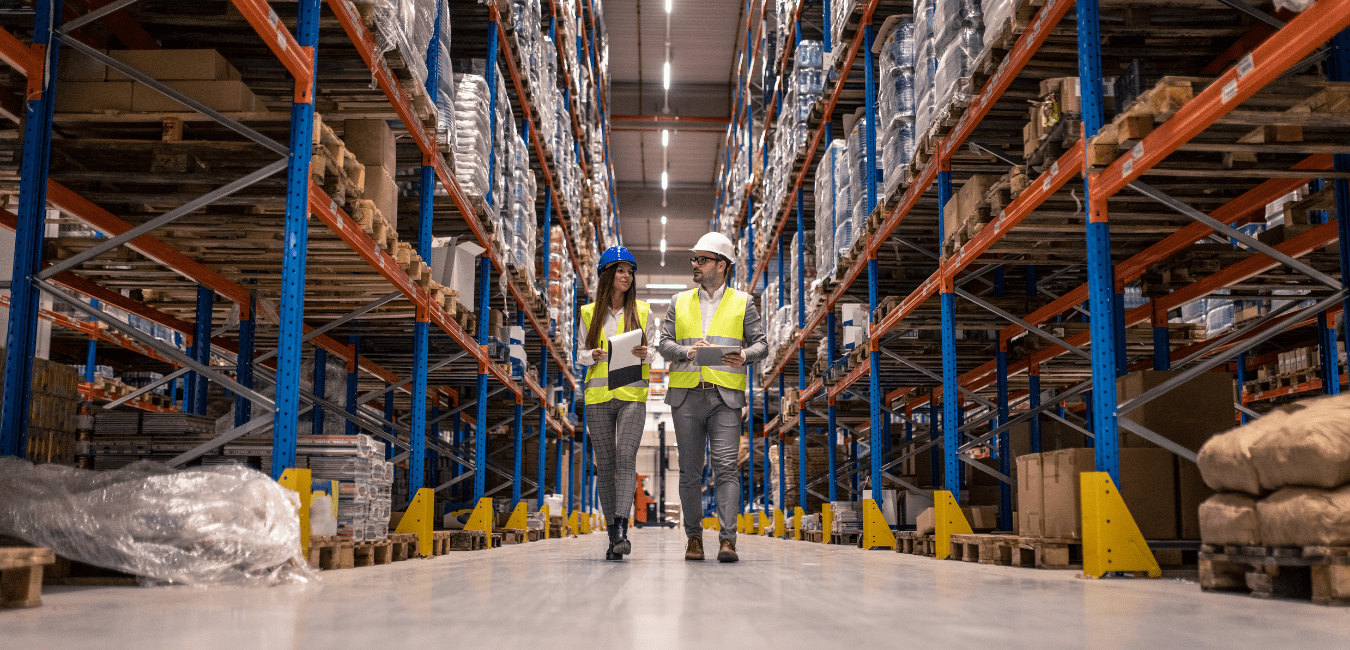Are you looking for a way to keep your warehouse organized and efficient? Floor labels are a great solution! In this blog post, we’ll cover everything you need to know about floor labels, including what they are, how they’re used, and the benefits of using them. So if you’re looking for a way to improve your warehouse operations, read on!
What are warehouse floor labels and why they’re important?
Warehouse floor labels are a crucial tool for any warehousing operation. They provide an efficient, organized layout that ensures smoother operations and greater cost savings. Floor labels clearly identify where items should be placed within the warehouse and help workers find the right goods without having to manually search for them. This allows for less time spent looking for goods, saving money in personnel costs, preventing errors and ensuring accuracy in product placement. By using warehouse floor labels, operations can become more organized and efficient which ultimately leads to increased profits and a higher level of customer service.
The different types of warehouse floor labels available
Warehouse floor labels come in different types to meet the different needs of different warehouses. There are different types of adhesives to attach the labels to different surfaces, different sizes – both small and large in height and width – of barcodes available, and they are designed to be durable and sturdy. This allows operations managers to effectively label their warehouse floors based on the warehouse function or requirements. Whether it’s identifying product locations, inventory tracking, labeling hazardous material storage areas, or worker safety directions, different types of warehouse floor labels exist to help make all these tasks easier.
How to choose the right type of label for your needs
When it comes to choosing the right type of label for your warehouse, there are a few things you should consider. Heavy traffic areas and low traffic areas should both be taken into account when selecting labels and deciding where to put them. Think about what your goals are – is it to easily identify materials and objects or is it to streamline processes and make sure everything is accounted for? Whichever path you choose, the labels should be made from high quality materials that can sustain wear and tear. Heavy traffic areas may require something that is a bit more durable, while those with low traffic won’t need as much durability but still need to be able to retain information over time. Be sure to choose the right labels so you can take full advantage of their usefulness!
Tips for applying and removing labels from your floors
If you’re looking to label your warehouse floors, a clean surface is essential. It’s important to clean the surface properly with the right tools—like a putty knife, scrub brush or even an orbital sander—before applying any labels. This will ensure that any dirt and debris don’t interfere with the label’s adhesion. When applying the label, use a straight edge to make sure it is level and even. Be careful to not press too hard when smoothing down the edges as this could cause damage such as air bubbles or puckers in the material. Repeat these precautions when removing labels in order to avoid any tear-outs on existing floor surfaces. Taking the time and effort to clean your surfaces, apply and remove your labels correctly will help ensure your warehouse floor labeling project looks clean and professional.
Conclusion
Warehouse floor labels are definitely a great way to increase safety and efficiency within any warehouse or industrial environment. With the different types available and their countless benefits, it’s no wonder they’ve become so popular among those looking to improve their workflows. Whether you need to label hazardous areas, designate specific areas for loading or unloading, or just keep your staff informed of where everything is located, these labels can be tailored to meet your needs. When considering which type of label would best suit your warehouse floors, take into account durability, visibility, and installation factors. Once you have chosen the right label for your project, apply it as instructed for lasting performance benefits. If you ever need help with your label project, feel free to complete our label project form – we would be more than happy to help!

